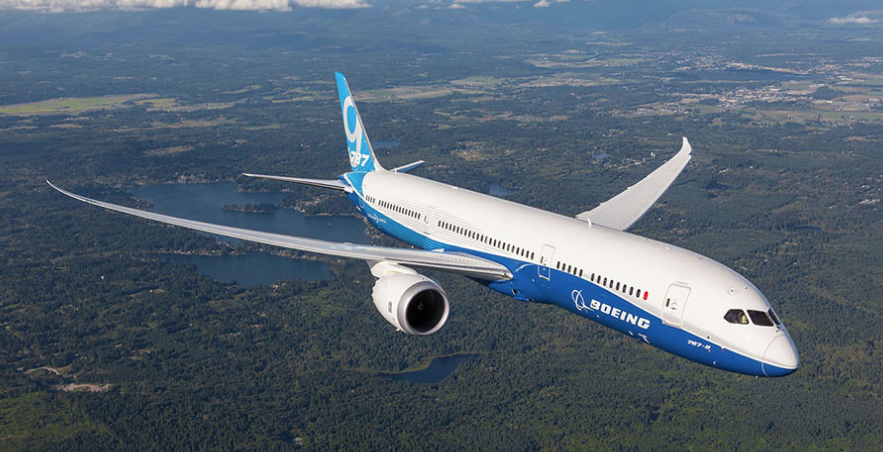Estimated reading time 5 minutes, 2 seconds.
A new Boeing Global Services business unit within the aerospace giant, set up last summer and drawing on its Commercial and Defense units, is seen by its vice-president for international government systems, Torbjorn Sjogren, as a key to improved lifecycle support for current and future products.

“The demands are outstanding,” he said Nov. 7 at the Aerospace Industries Association of Canada (AIAC) annual summit in Ottawa. “For commercial products, we have to design, develop and produce safe, reliable aircraft. We have to build it in many cases to last for decades.” The challenges in the defence sector were “arguably . . . even greater” and the only way to meet demand was to “keep pushing the boundaries” of technology.
Popularly called “Turbo” because too many people have mangled the Swedish expatriate’s first name, Sjogren said the new unit can drive changes in how aircraft are not only designed, developed and produced, but also supported over their service life. “It’s a critical change in the way customers’ platforms are supported.”
He cited a seismic shift within the U.S. Department of Defense, where two discrete divisions will be responsible for overseeing current and future programs, effective next February. Ellen Lord, previously president and CEO of Textron Systems Corp., and former vice-chair of the National Defense Industrial Association, is overseeing the Pentagon’s devolution as Undersecretary for Acquisition, Technology and Logistics (ATL) since her confirmation last August.
The shift will see an Undersecretary of Research and Engineering focus on the development of future technologies while a new Undersecretary for Acquisition and Sustainment, a position expected to be filled by Lord, will focus on existing systems. “We spend an incredible amount of time on the acquisition side; very, very little time on the sustainment side,” Lord said recently. “When you look over the lifecycle of most of our programs, it’s about 70 per cent on the sustainment side. So we need to get that right.”
Sjogren told his AIAC audience that industry is already moving in that direction. Noting that many current aircraft designs and technologies date to the 1960s, he said the new philosophy must involve total lifecycle support. “We have to guard against obsolescence (and) learn from the sustainment of yesteryear’s platforms.”
A key tool is the increased use of analytics: tracking, interpretation and communication of patterns in data which enables companies to predict and improve their performance. Sjogren said this drove the creation of Boeing AnalytX, where more than 800 employees, including laboratory staff in Vancouver, are working on pushing the technology across the company’s entire spectrum.
The accelerating shift to digital aviation is yielding almost exponential growth in the mass of data to be collected and processed. While Sjogren said analytics is “no panacea,” the goals being pursued include improved fuel efficiency, cockpit resource management, flight and maintenance scheduling and airport operations. Potential annual savings, he added, will be measured in billions of dollars.
“Aircraft being produced today are going to turn out an incredible amount of information,” said Sjogren. “The 777X is expected to generate 300 per cent more data than the 777 today, and 60 per cent [more] than that generated by a 787. This is enabling predictive maintenance of key systems.”
Another Boeing platform, the 737 MAX, the latest iteration of the most popular commercial platform in history, has nearly 7,000 onboard sensors.
“Boeing AnalytX allows us to take all that data and efficiently process and explore and identify issues and opportunities,” he said, adding that it extends into the military aircraft sphere as well.
Boeing projects that by 2030, so-called “e-enabled” aircraft will generate one petabyte of information annually, a volume of data Sjogren said is equivalent to 3.7 years of 24/7 full high-definition recording.
The ability to take extreme amounts of data and convert it into utilizable information is key.”








